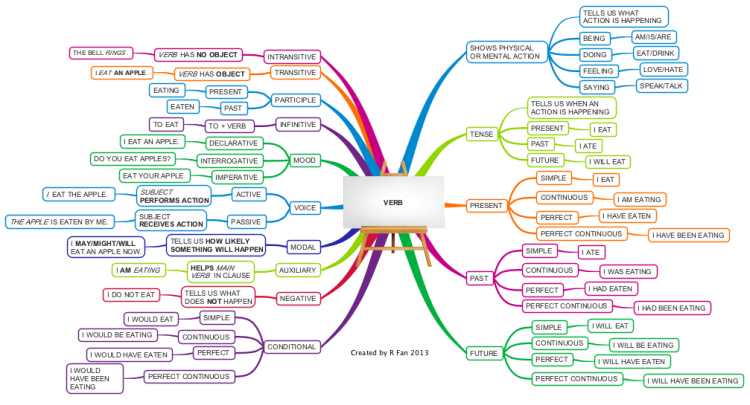The English language would be incredibly dull without those descriptive adjectives. Feeling Words in English! Everyone has moments when they just can’t come up with the right word to describe what they’re feeling or trying to say. I was confused by the findings of the report.
She felt tired after working hard all day. Adjectives that end in -ing are used to describe things and situations. Below is a list of useful adjectives to describe feelings and emotions you should know. As the name implies, positive feeling adjectives describe a person’s good emotions.
Descriptive adjectives form a prominent part of this broader category. In this article, you will find the list, types, and usage of descriptive adjectives. Some Information Clarke is the founding editor of Freedom Voices Press and Project Director of Reimagine!
Clarke has edited many books, magzinges and journals. Typical adjective endings. Lisa is wearing a sleeveless shirt today. They live in a beautiful house. This soup is not edible.
He writes meaningless letters. Ben is an adorable baby. She wore a beautiful dress. An adjective that ends in -ING is used to describe: the characteristic of a person, a thing or a situation.
It is used to describe a temporary thing. Learn the list of over adjectives starting with the letter T: tactful, tailor-made, take-charge, talente tangible, tasty. An adjectives is a word or phrase naming an attribute, added to or grammatically related to a noun to modify or describe it.
Learn a huge list of adjectives in English. How many adjectives exist in the English language? It’s difficult to put a number to it. Several sources say there are thousands in the English language.

Here are some comprehensive lists of adjectives for emotions, resumes, foo size and measurements. Compare these examples : Interesting: Jenny thinks politics is very interesting. Many times the same adjectives are used to express feelings and emotions. There are four main categories of positive personality adjectives. Learning adjectives using examples and a list learning English grammar What will I learn from the lesson adjectives ? During this lesson learn what adjectives are and how to use them in sentences.
The last part shows a list of adjectives they can be used for. In this entertaining common adjectives activity, students change anagrams into adjectives and then use each adjective in an example sentence. The students are divided into pairs and each pair is given a copy of. Examples of feelings adjectives : angry annoyed anxious arrogant ashamed awful bad bewildered black blue bored clumsy combative condemned confused crazy, flipped-out creepy cruel dangerous defeated defiant depressed disgusted disturbed dizzy dull embarrassed envious evil fierce foolish frantic frightened grieving Is this example useful? Emotions should always be a common theme because students have a hard time expressing themselves!
In the emoticon worksheet, students match emotions with emoticons. Is there an emoticon that expresses their feelings today? What are some other adjectives to describe feelings?
Learn these adjectives to describe a person to improve your vocabulary words in English. Kids can learn feelings, emotions and other adjectives in this upbeat, fun preschool kids learning video. Chant and shout along to the fun music track. Good for preschool, kindergarten, esl and. Positive adjectives describe emotions such as love, hope, enthusiasm, and ecstasy.

Using words like these can help when you want to describe other people, objects, places, and situations in a pleasant way. I feel bor ed when I listen to classical music. We use adjectives that end up with ing to describe places, things, activities. Those that don’t are called irregular comparative and superlative adjectives.
For example, the adjective good in its comparative form is better, not good(er), and is best in its superlative form, not good(est). Other examples include: far, farther, farthest and ba worse, worst.
Hiç yorum yok:
Yorum Gönder
Not: Yalnızca bu blogun üyesi yorum gönderebilir.